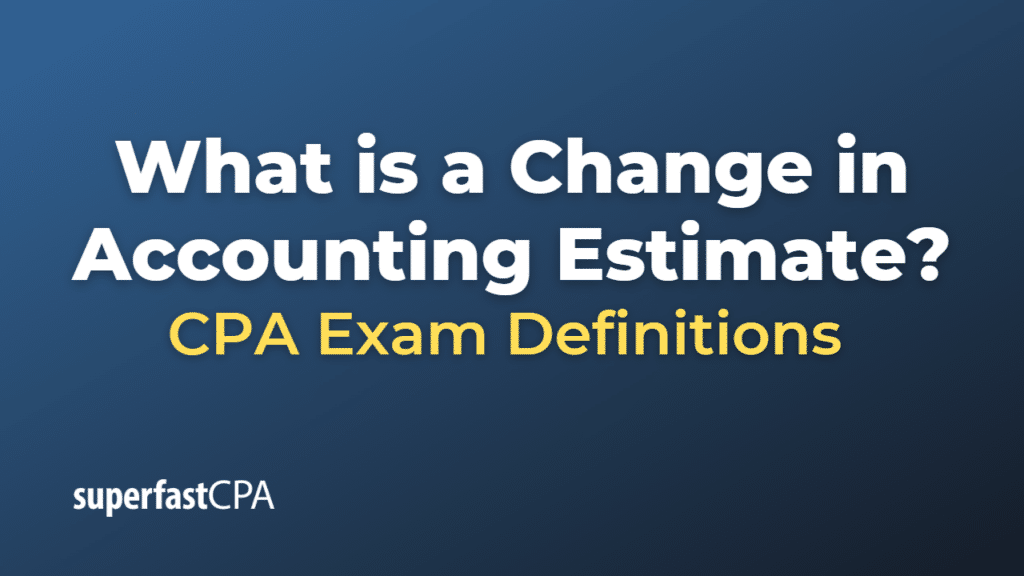Change in Accounting Estimate
A change in accounting estimate is an adjustment made to the reported financial figures due to new information or improved knowledge that affects the assumptions used in previous financial statements. These changes occur when an entity revises its estimates of the expected outcome of certain transactions or events, which can impact its financial position, results of operations, or cash flows.
Accounting estimates are an essential part of preparing financial statements because they involve making judgments and assumptions about uncertain future events. Examples of accounting estimates include the useful life of an asset for depreciation purposes, the allowance for doubtful accounts, warranty obligations, and the percentage of completion for long-term contracts.
When a change in accounting estimate occurs, it is generally accounted for prospectively, meaning it affects the current and future periods only. The financial statements for prior periods are not restated, as the change is based on new information or improved knowledge that was not available in the past. Instead, the impact of the change is reflected in the financial results of the period in which the change is made and, if relevant, in subsequent periods.
It is important to distinguish a change in accounting estimate from a change in accounting principle or an error correction. A change in accounting principle involves a change in the method used to apply an accounting principle, while an error correction refers to the adjustment of a material misstatement in the financial statements caused by an error, such as a mistake in calculations or the application of an accounting principle. These changes are generally treated differently in financial reporting and may require restatement of prior period financial statements.
Example of a Change in Accounting Estimate
Let’s consider an example of a change in accounting estimate involving the useful life of a depreciable asset.
A manufacturing company purchases a piece of machinery for $100,000. At the time of purchase, the company estimates that the machinery will have a useful life of 10 years, with no residual value. Based on this estimate, the company uses the straight-line depreciation method, resulting in an annual depreciation expense of $10,000 ($100,000 / 10 years).
After using the machinery for five years, the company realizes that due to technological advancements and better maintenance practices, the machinery is now expected to have a total useful life of 15 years instead of the initially estimated 10 years.
This new information leads to a change in accounting estimate for the useful life of the machinery. The company must now adjust its future depreciation expense to account for the revised useful life.
To calculate the new annual depreciation expense, the company first determines the remaining book value of the machinery, which is $50,000 ($100,000 – $10,000 x 5 years). Then, it divides this amount by the remaining useful life of 10 years (15 years total useful life – 5 years already used), resulting in a new annual depreciation expense of $5,000 ($50,000 / 10 years).
In this example, the change in accounting estimate is accounted for prospectively. The company does not need to restate its financial statements for the previous five years. Instead, it will apply the new annual depreciation expense of $5,000 for the remaining 10 years of the machinery’s useful life. This change in accounting estimate will impact the company’s financial position, results of operations, and cash flows in the current and future periods.













